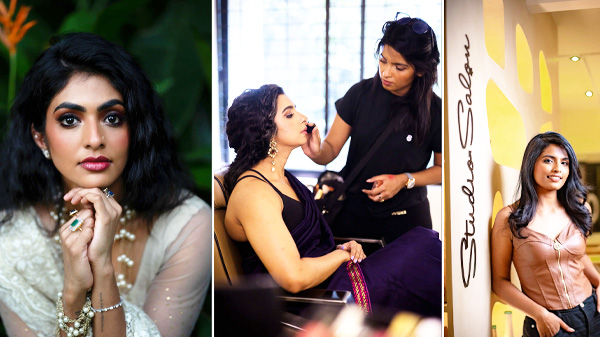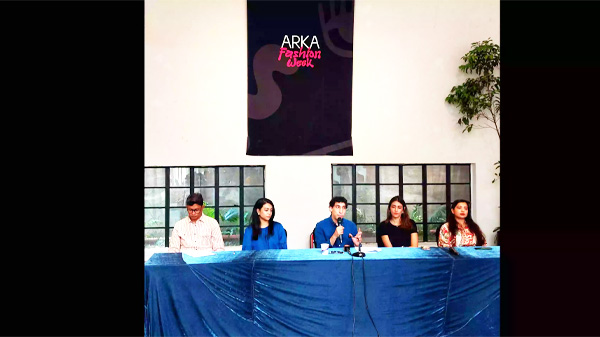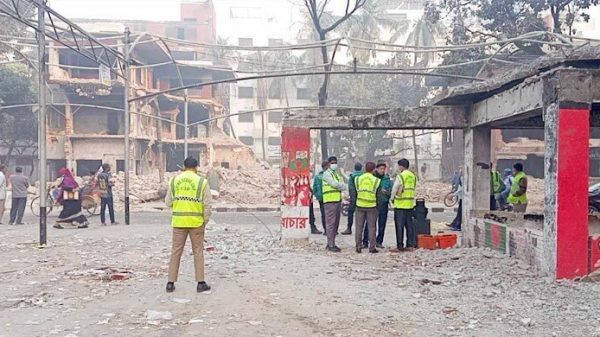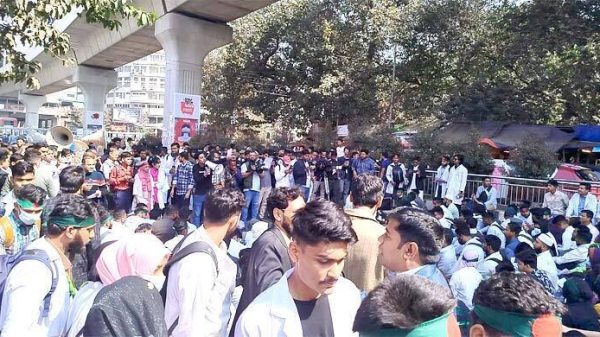The story of rickshaw art in Bangladesh

- Update Time : Friday, 8 December, 2023, 06:25 pm
- 101 Time View
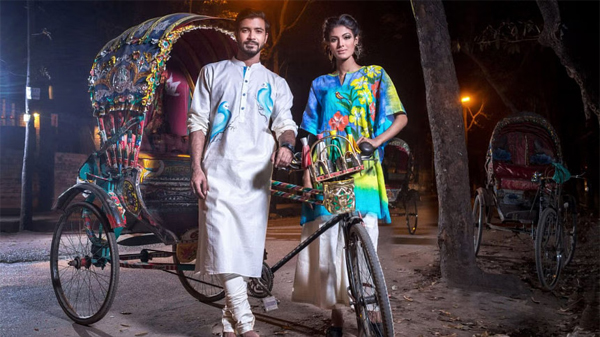
Online Desk: Rickshaw painting is an art unique to Bangladesh with its unusual burst of colours. What started with a view to attracting more customers with colourful rickshaws has now become an ambassador of our lives. UNESCO recently recognised rickshaws and rickshaw paintings as intangible cultural heritage.
A walk down memory lane
Right after the Liberation War, rickshaw artists, with great patriotism, depicted the scenes of the atrocities of the War as well as the valiant faces of the war heroes. Film stars and the common man portrayed on the rickshaws came around in the mid-’70s and the artists then turned towards fabled animals. And how wondrous a turn that was!
At the start of the ’80s, film stars came back on the rickshaws with their sunglasses, iconic hair, blushed cheeks, and huge eyes — all too alluring to onlookers! Even though movie references have reigned over the rickshaw paintings, and for good reasons too, the cheerful animals, Taj Mahals, floral designs, religious themes, country scenes, and even aeroplanes had their place on the numerous rickshaws of the more prominent cities.
Advent of the artform in fashion
While rickshaw painting in all its colourful glory has been able to capture the hearts of the city-dwellers, it was yet to enter our homes as regular objects until the 2000s. Since the turn of the millennium, clothes designed in rickshaw painting style are now one of the high fashion trends which can be made to look as traditional or contemporary as one wishes.
The style itself incorporates bright colours with vivid motifs portraying birds, flowers, and other aspects of nature. Colours like yellow, red, blue, and green come together to invoke the deeply-rooted traditional look of rickshaw art that we Bangladeshis are so accustomed to and are so fond of.
These motifs are found in saris, shalwar kameez sets, and kurtis, made in a range of fabrics so they are appropriate for daytime-wear, as well as being suitable for more dressy events.
There are so many options available, thanks to local fashion houses like Aarong, Chondon and Jatra that are revitalising the fashion scene by injecting it with the vibrancy of rickshaw art.
Inside our homes
Home decor with rickshaw art is found in many stores around the city. Cushion covers painted with floral motifs or city scenes are a great way to change the look of your house with minimum effort. It can also help you create a warm and cosy sitting area perfect for afternoon tea.
Patchwork quilts are now all the rage and film stars with their unique rickshaw paint expressions can add more sophistication to that.
Rickshaw art has been sold to enthusiasts as wall hangings since the ’80s and it is time we took that into our homes. If you should be so bold, you can choose to paint one of your walls in this motif.
Over the years, rickshaw art has not only showcased our film stars, animals, villages, and beliefs, it has also followed through the curves of our political and cultural history. The art found in rickshaws is about the people of our country. It is one of the things that is uniquely ours. A home with rickshaw painting is therefore the upholder of our urban identity and the beauty of this country that stays with us even when we are far away.





